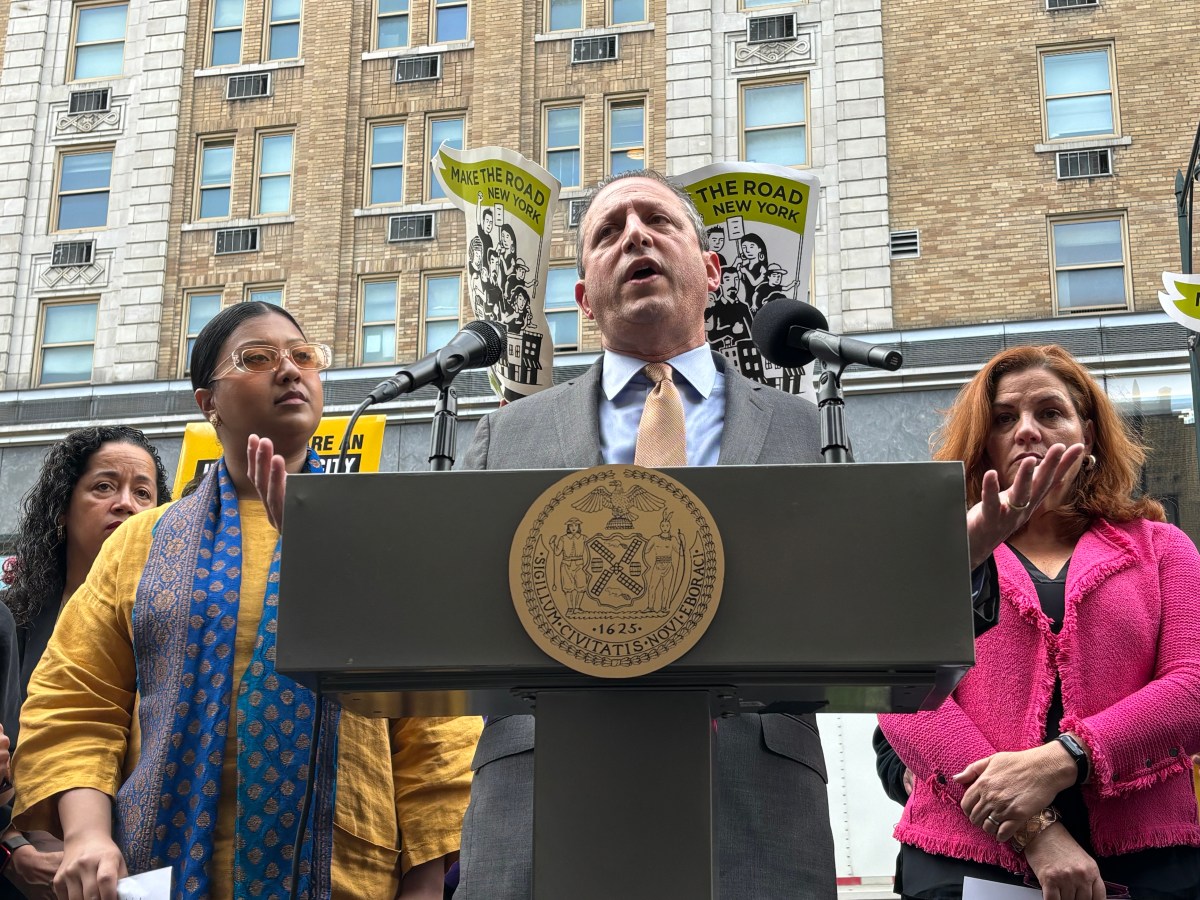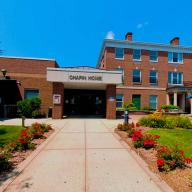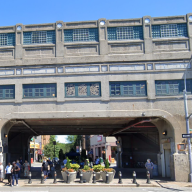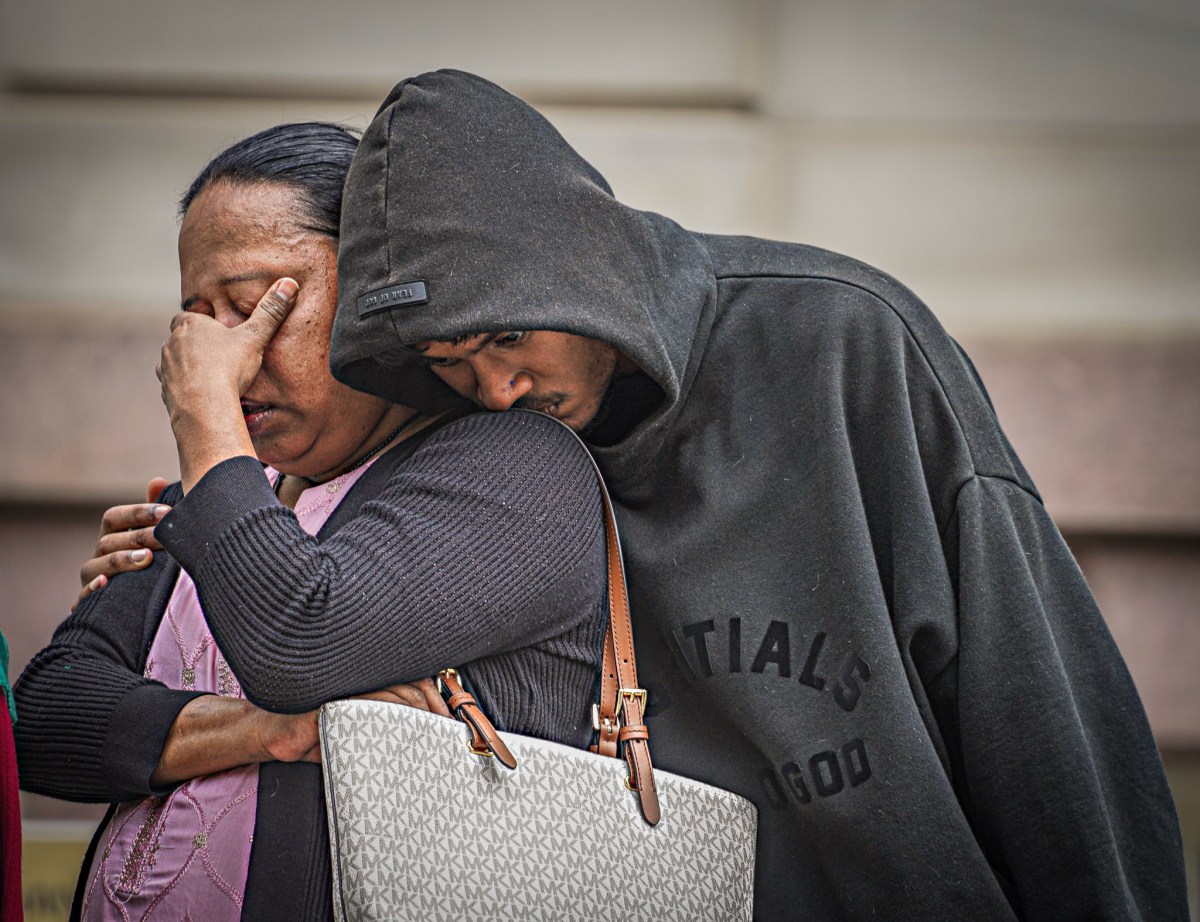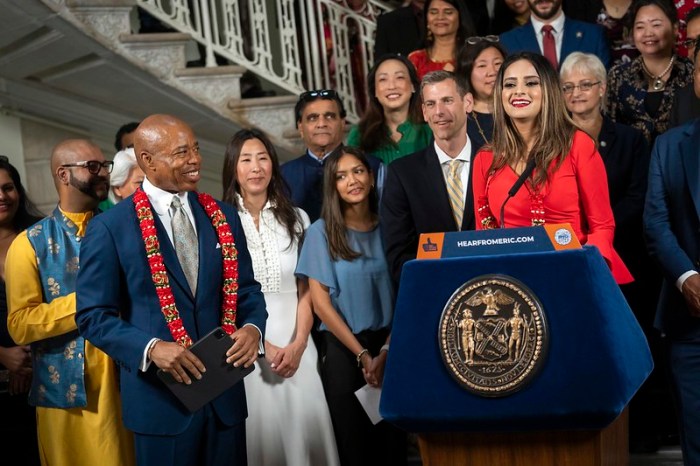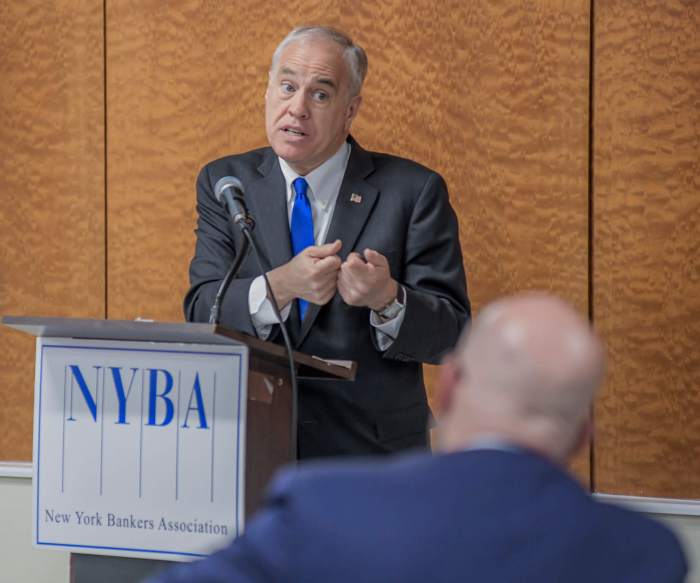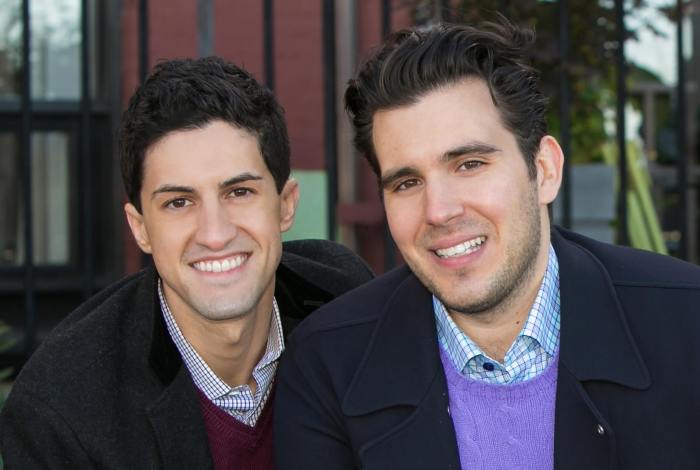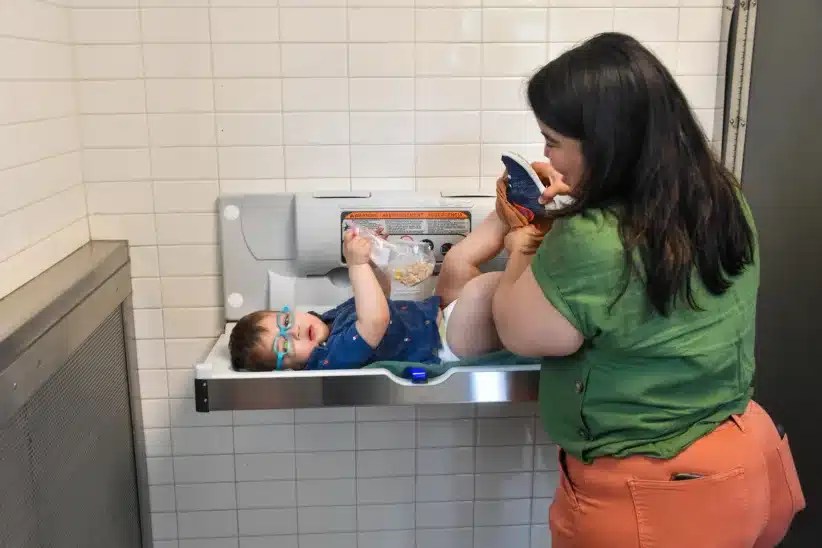By The TimesLedger
At long last the Department of Education is coming to the conclusion that the city’s junior high schools and intermediate schools are not accomplishing what they were created to do. In District 25 in northeast Queens and District 29 in southeast Queens, the city is returning to a system of K-8 and then high school.
Under the current system children graduate from grade school either after the fifth or the sixth grades and attend a junior high school or intermediate until they complete the eighth grade. Federal studies show that the middle schools are the weakest link in the city’s public school system. Nearly half of the city’s middle schools have been designated “in need of improvement.”
The junior high schools serve kids at a particularly difficult time in their lives. At the ages of 11 or 12, the children are facing the onset of puberty and enormous social pressures. Although some kids are ready to make the transition, many are not. It is not uncommon to see a child who has done well in grade school have enormous difficulties at junior high.
The K-8 system has worked well for the city’s parochial schools. This system gives teachers the chance to better prepare children for a high school environment. There appears to be broad approval for the return to K-8 among parents and school administrators. The teachers union has been reluctant to give public support for the plan. We suspect that teachers also support the change even if their union is sitting on the fence. Union leader Randi Weingarten said the union had more important things to worry about than the organizational design of the schools, such as “enrichment classes.”
The reorganization in Districts 25 and 29 may take place as early as next September. That would be a tremendous accomplishment. Hopefully the other districts will follow.
The state is this close to installing 4,500 video lottery terminals at Aqueduct Racetrack. An official from the state New York Racing Association said last week that construction at Aqueduct Race Track will resume when Albany approves legislation. That means there is still time to block the installation.
The machines would take gambling to a whole new and far more dangerous level. On a normal racing day, even the most compulsive gambler can only bet on 10 races at any given track. The video gambling machines create nonstop opportunities for compulsive gamblers to throw away their hard-earned dollars. Typically these gamblers will continue to bet under the delusion that they are about to win their money back.
It is hypocritical for the state to keep restrictive laws limiting gambling and casino operations while it installs 4,500 machines at one Queens location. Gov. Pataki has predicted that Aqueduct would become the first and largest facility in the city to operate video lottery terminals. That’s an honor Queens can live without.
What a lucky break for the residents of Queens. No more long bus rides to Atlantic City. Now compulsive gamblers will be able to go broke in their own backyard.
State Sens. Frank Padavan and Toby Ann Stavisky are right to oppose the video gambling. This is not the way to get rid of the state’s massive debt. This is an easy solution that will only create even greater problems. The legislature should insist on finding solutions that don’t involve enslaving weak and desperate people.
According to the NYPD and the FBI, New York City has experienced a surge in bank robberies in the past year. The robbers have become increasingly bold and appear to have little fear of getting caught. Crime statistics do not distinguish bank robberies from other robberies, but it’s fair to assume that most robbers get away – although they often don’t get away with much.
Perhaps most frustrating for the average citizen is the miserable quality of the bank surveillance tapes. You see them on the 11 o'clock news and you wonder how anyone could identify the people in the picture. One would assume that the banks can afford the best technology that money can buy.
Last week City Councilman Hiram Monserrate (D-Corona) introduced legislation that would force banks to take a more active part in trying to prevent holdups. What’s at stake here is more than your federally protected checking account. At stake is the safety of the banks customers and staff. It is only a matter of time before one of these robberies turns tragic.
We’d like to hope that Monserrate’s legislation isn’t necessary. The mayor should be able to use his powers of persuasion to convince the largest banks to invest more in high-tech security. If they do, the smaller banks will follow suit.
We must reach the point where bank robbery once again becomes risky business.


